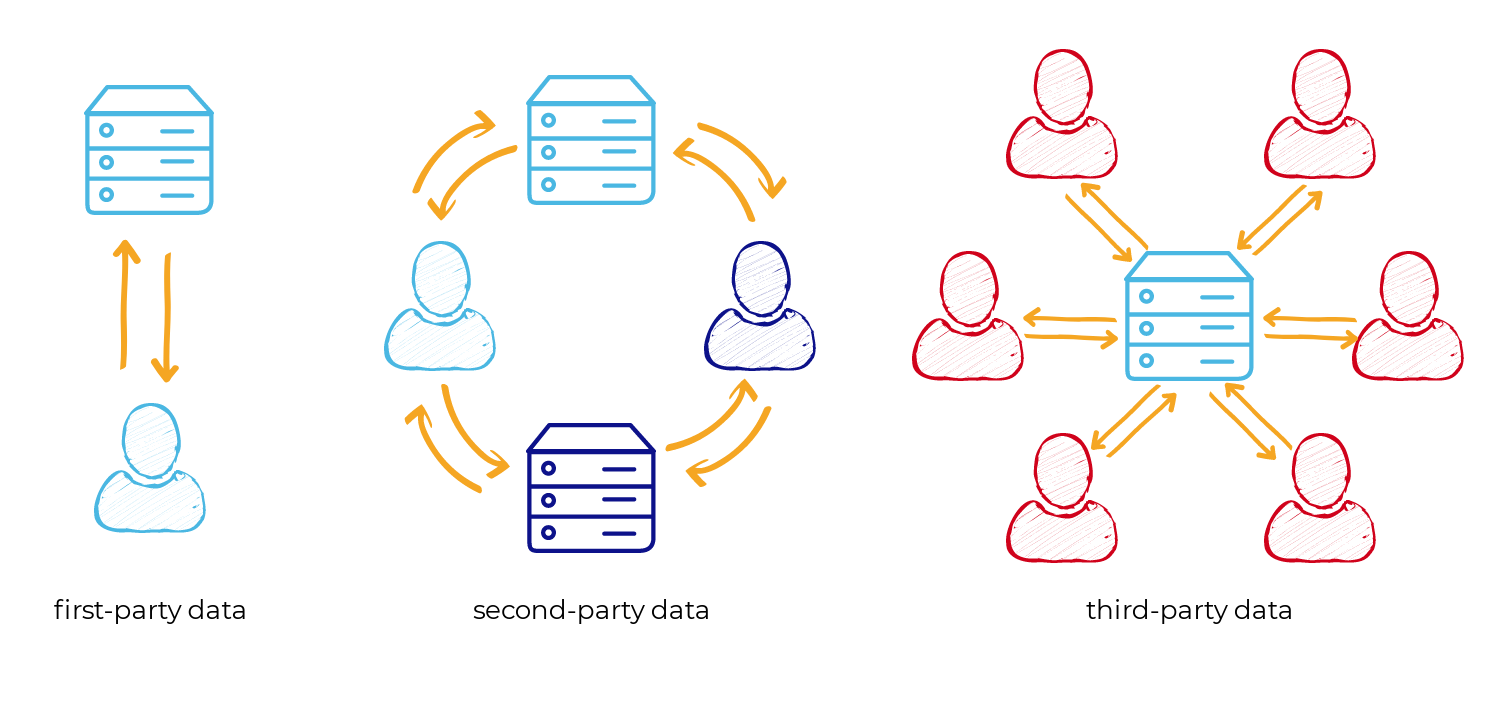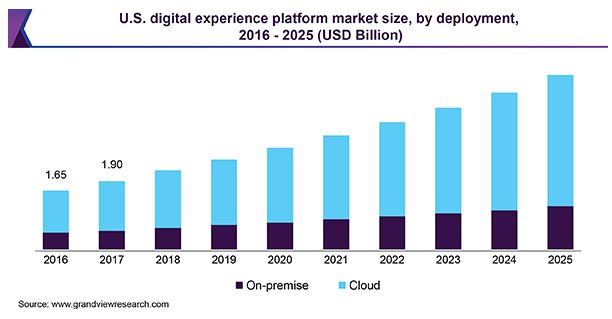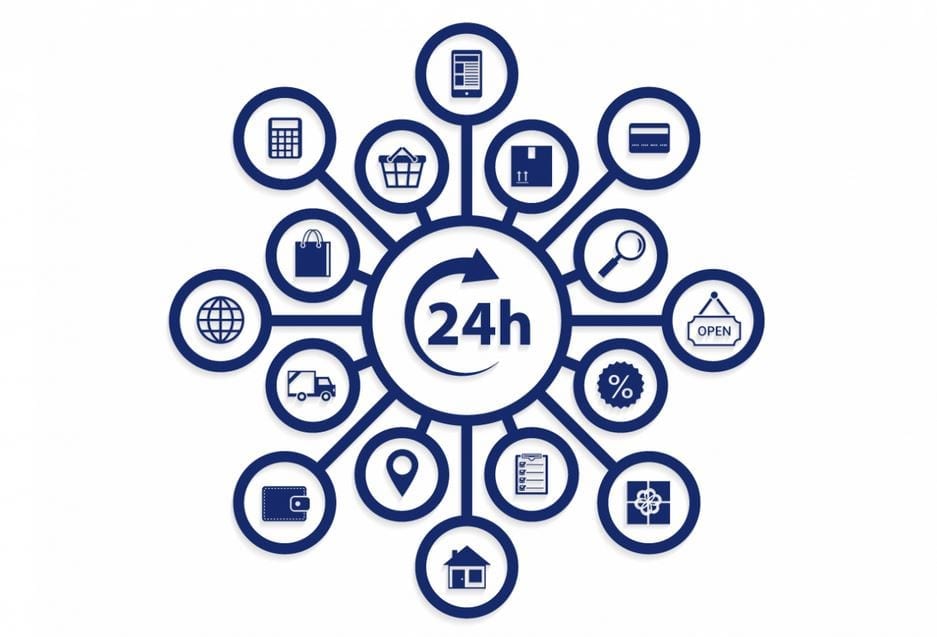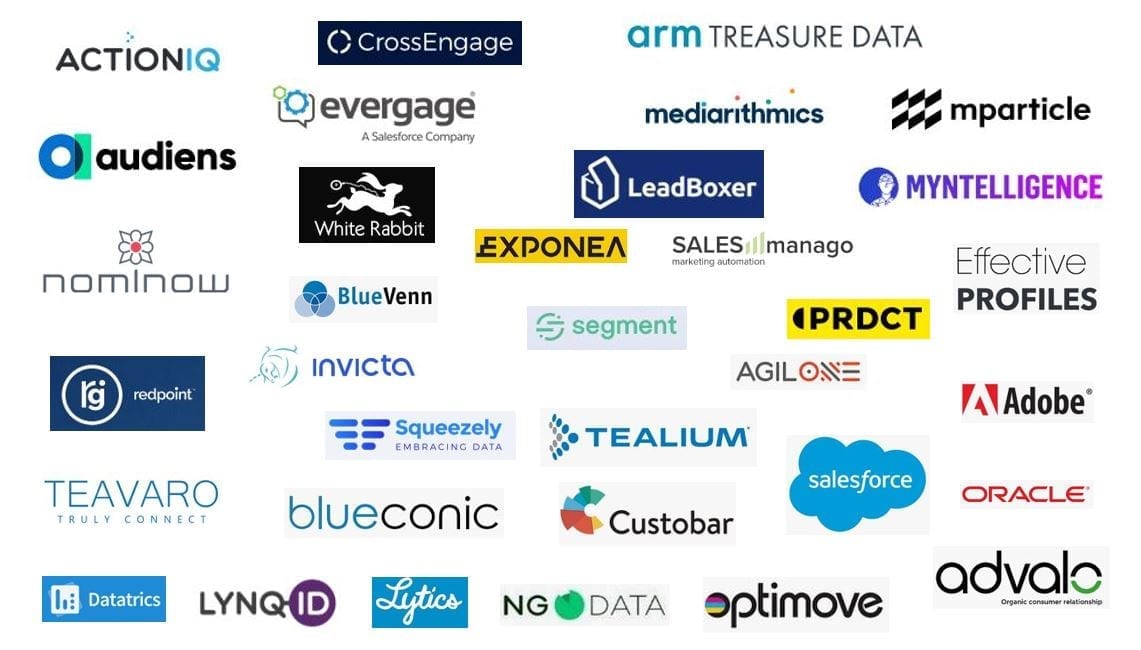In a dates In today's world, real-time data analysis is one of the most crucial assets that companies can leverage. It is a powerful tool in shaping strategic decisions, refining marketing tactics and creating customer-centric activities. Real-time data analysis delivers rapid responses, allowing companies to optimize customer insights, experiences and engagement – all essential in today's digital landscape. In this article, we explore how real-time data analytics can be used, discussing five methods to optimize customer insight. We delve into customer behavior tracking, personalized product recommendations, dynamic pricing strategies, predictive customer support, and A/B testing optimization.
The increasing importance of real-time data analysis
The value of real-time data analytics has skyrocketed in recent years due to the rise of the digital economy and changes in consumer behavior. With the explosion of consumer data from various sources, real-time data analytics gives companies the ability to instantly leverage and synthesize large amounts of data. This immediacy means companies can make data-driven decisions faster, increasing their competitive advantage.
In digital marketing, real-time data analytics allows marketers to adjust and tailor campaigns on the go to customer preferences and behavior. Loyalty programs also benefit from real-time analytics because companies can quickly appreciate and reward customer engagement, fostering stronger relationships. In ecommerce, real-time data analytics minimizes shopping cart abandonment by providing timely solutions to customers' payment issues.
Furthermore, real-time analytics play an important role in risk management and fraud detection. By immediately reporting suspicious activities, companies can better prevent consequential damage. In total, the potential applications of real-time data analytics are limitless, making it increasingly important across all industries and sectors.
Principles of customer insight optimization in business
To use real-time data analytics effectively, companies must understand the underlying principles of customer insight optimization. The fundamental principle is the recognition that customer insights are the cornerstone of strategic business decisions. Therefore, real-time data analytics should focus on capturing and interpreting customer activities and behavior to generate meaningful and actionable insights. The second principle relates to data quality. Companies must ensure that the data collected is relevant, accurate and up to date. The value of real-time data analysis decreases if the processed data is incorrect or outdated. Therefore, strict data validation and verification techniques must be in place.
The third principle is privacy and security. In an era of increasing data breaches, companies must implement robust data protection measures to ensure customer trust. This includes protecting personal information and complying with privacy regulations. The final principle is the effective integration and application of insights into business operations. It's important that these insights are accessible to decision makers across departments – from marketing to customer service – so they can take action quickly.
Five effective methods for using real-time data for improved customer insights
1. Tracking customer behavior
Tracking customer behavior is about understanding customers on an individual level. It involves real-time monitoring of customer interactions and responses to various business initiatives. This could be how visitors navigate through a website, which products they click on or which emails they open.
By monitoring this behavior, companies can discover patterns and trends. For example, if customers regularly abandon their cart at checkout, this could indicate a problem with the checkout process. Real-time insights allow companies to quickly address these issues.
A successful application of tracking customer behavior is personalized marketing. Companies like Amazon and Netflix use real-time data to monitor user activity and offer personalized content and recommendations. This not only improves the customer experience, but also boosts engagement and conversions.
2. Personalized product recommendations
Personalized product recommendations are a powerful way to increase customer engagement. Real-time data about a customer's browsing history, purchasing behavior, adding and abandoning a shopping cart can be used to recommend products that meet their preferences and needs.
For example, Netflix uses real-time data to recommend shows based on a user's viewing history. Similarly, ecommerce platforms suggest products based on a customer's search history and previous purchases. These personalized recommendations create a more engaging customer experience that translates into higher sales and customer loyalty.
In addition, real-time analysis of trends and seasonality can help companies predict products that are likely to be popular and suggest them to customers. This can be especially effective in rapidly changing industries such as fashion and technology.
3. Dynamic pricing strategies
Dynamic pricing is a strategy in which prices are adjusted in real time based on various factors. This includes supply and demand patterns, competitor prices, customer purchasing history and customer location. Airlines, hotels and Uber are known for using dynamic pricing.
Real-time data analysis allows companies to implement dynamic pricing strategies more effectively. By monitoring supply and demand in real time, companies can optimally price products to maximize profits and ensure customer satisfaction.
Furthermore, dynamic pricing can improve the customer experience. For example, by giving loyal customers access to exclusive discounts or offers. Likewise, identifying customers who are price sensitive can prevent potential cart abandonments by offering timely discounts or deals.
4. Predictive customer support
Predictive customer support relies on using real-time data to anticipate customer issues and provide proactive solutions. This includes identifying trends in customer inquiries and complaints, monitoring product performance and tracking customer usage patterns.
Predictive analytics allows companies to anticipate common questions or problems customers may encounter and provide timely solutions. This not only improves customer satisfaction, but also reduces the burden on customer service teams.
Companies like Amazon use predictive customer support to help customers track packages in real time and proactively resolve delivery issues. Similarly, software companies use real-time usage data to predict and mitigate technical issues that users may encounter.
5. A/B testing and optimization
A/B testing is a method of comparing two versions of a web page, advertisement, or other marketing content to determine which performs better. Real-time data plays a crucial role in facilitating A/B testing and optimizing results.
Real-time analytics can show how customers interact with different versions in real time. This allows companies to immediately adjust the test or implement the winning version more quickly. Faster feedback loops lead to more efficient testing processes and better results.
A/B testing can significantly improve the customer experience by helping companies understand what resonates with their audience. Whether it's the layout of a website, an email headline or a call to action, A/B testing allows companies to tailor their content and messaging to customer preferences.
In conclusion, real-time data analytics is a remarkable tool for businesses. When used effectively, it can provide unprecedented insights into customer behavior, driving personalized experiences, optimized pricing strategies, predictive customer support, and successful A/B testing. As the digital landscape continues to evolve, following these five methods for optimizing customer insights through real-time data will be key to business success.













